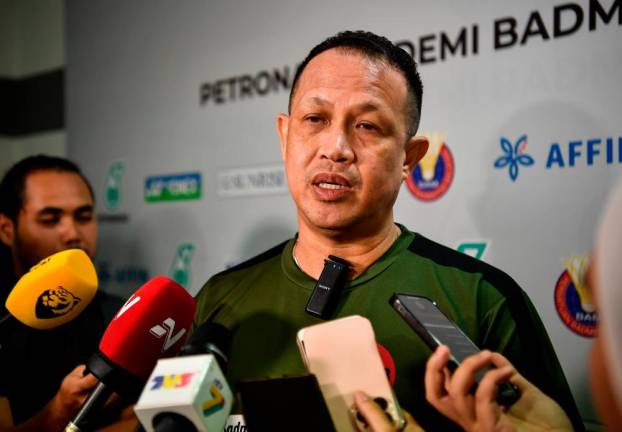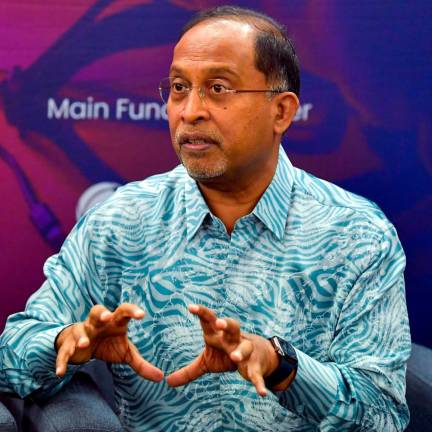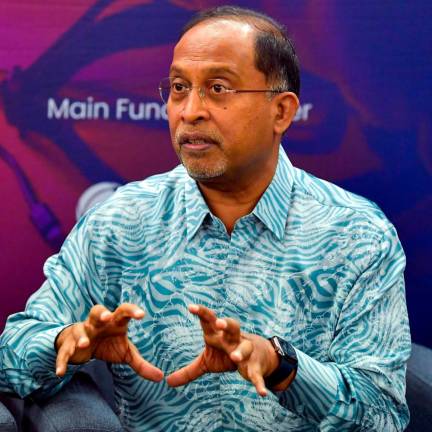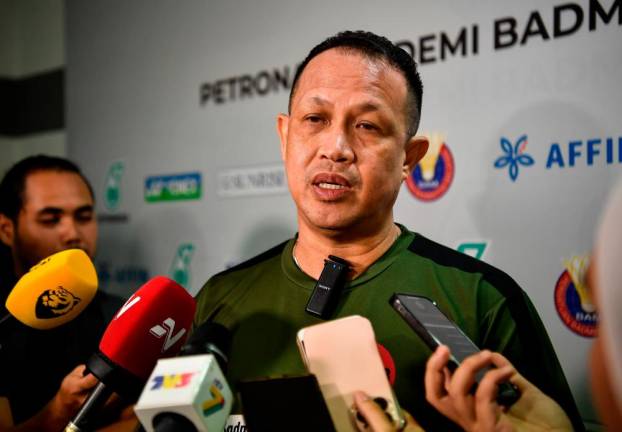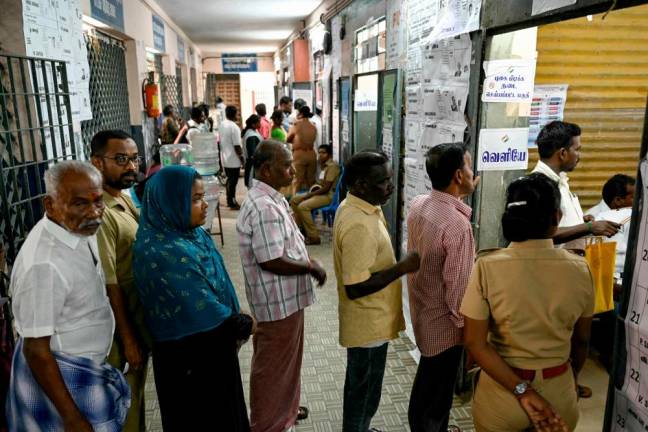DUE to the continued socio-economic disparities among Malaysian states, the setting up of the Shared Prosperity Action Council, as announced by Prime Minister Tan Sri Muhyiddin Yassin on Sept 29, is a golden opportunity to prioritise regional inclusion.
Regional inclusion is the sixth Strategic Thrust of Shared Prosperity Vision (SPV) 2030 and it aims at developing good infrastructure access that would boost Malaysia’s economic growth.
To put it simply, SPV 2030 is a commitment to make Malaysia a nation that can achieve sustainable growth along with fair and equitable distribution across income groups, ethnicities, regions and supply chains to provide a decent standard of living for all citizens by 2030.
Despite the enormous effort being spent to reduce regional imbalances, urban and rural divide persists especially in Sabah, Sarawak, Eastern and Northern regions. In the hope of enjoying better basic infrastructure access, Sabahans switched support in the recent state election from Warisan Plus to Gabungan Rakyat Sabah (GRS).
The prime minister has promised to allocate more development funds from the federal government to upgrade basic amenities and infrastructure in Sabah.
According to the Mid-Term Review of the Eleventh Malaysia Plan, Sabah recorded the lowest GDP per capita at RM22,098, followed by the Eastern region which consists of Kelantan, Terengganu and Pahang at RM23,392, and the Northern region which consists of Perlis, Kedah, Perak and Penang at RM29,725 in 2016.
Access to clean and treated water supply in rural areas remains a challenge. Compared with other states, which have achieved more than 90% access to clean and treated water supply in 2016, Kelantan recorded the lowest at 67.7% followed by Sabah at 79% and Sarawak at 80.4%.
On the other hand, access to rural electricity supply continued to be the lowest for Sarawak at 85.4% while Sabah was at 92.4% in 2017.
Due to limited private investment and complicated local authority procedures, both Sabah and Sarawak recorded lower than the national average of 117.3 per 100 inhabitants for broadband penetration in 2017 – 64.5 for Sabah and 106.5 for Sarawak.
The Covid-19 pandemic has exposed how some Malaysians who stay in rural areas do not have access to road networks, water and electricity supply as well as health, education, transport and digital infrastructure.
This can be seen in both Sabah and Sarawak where till today, they have a smaller distribution of doctors, specialists and teachers than in the peninsula. Moreover, the lack of medical centres and amenities has raised the cost of accessing healthcare, while the lack of education facilities has deprived some rural dwellers of access to education.
In addition, Malaysia still faces problems providing equal internet access for both the urban and rural areas, which can be seen in the case of SK Linungkuan Tenghilan in Sabah’s Tuaran district and the story of Veveonah and her tree adventure.
At the same time, due to poverty or lack of awareness, at least 35% of Malaysian students do not have proper digital tools or appliances to access knowledge digitally. Many do not have adequate internet access at home for remote learning.
Therefore, to promote balanced growth between urban and rural areas, state government agencies have to lead in fostering economic development in the states.
They have to work closely with the federal government by working on interstate projects such as roads, utilities and flood mitigation infrastructure.
With the federal government’s allocation in development expenditure, six less developed states such as Sabah, Sarawak, Kelantan, Terengganu, Kedah and Perlis can enjoy better infrastructure access as well as generate more economic activities.
Also, state government agencies need to expand downstream activities to spur economic growth.
For instance, the development of the Kedah Rubber City in the Northern Region, which focuses on rubber industries such as specialised latex and rubber products as well as precision engineered rubber products, will enable the production of high value-added products.
Meanwhile, the Palm Oil Industrial Cluster in Sandakan and Lahad Datu in Sabah will have the potential to boost investment in higher value-added downstream processing activities.
By increasing accessibility and connectivity through better utilisation of resources, these will stimulate socio-economic activities including the creation of new jobs for locals, further reducing regional imbalances.
To accelerate rural development, Sarawak needs to utilise the newly established development agencies, namely the Highland Development Agency, Upper Rajang Development Agency and Northern Region Development Agency, further harnessing growth potential and boosting rural transformation in the Baram areas in Sarawak highlands, Kapit division and Kanowit district in Upper Rajang as well as Limbang division in northern Sarawak.
It is also crucial for state government agencies to work with the private sector for the rural citizens to enjoy a better quality of infrastructure.
Private sector participation in rural areas would help to attract higher value investment, promote rural tourism activities and agrotourism, enable product to be sold via digital applications and social media as well as enhance employability through knowledge enhancement and skills training.
By emphasising regional inclusion, the government would be able to create an integrated urban-rural public transportation system, have 10 listed companies in each developing state where half of which are bumiputras, reduce income disparity between regions by half, as well as reassess quantity and quality of Malay reserve land.
In addition, the government would able to introduce several new regional economic hotspots, particularly outside the Klang Valley, on top of ensuring that the nation’s Critical Infrastructure Development Plan is realised.
It is also important for to align the goals of achieving regional inclusion under SPV2030 with the Mid-Term Review of the Eleventh Malaysia Plan and the 2030 Agenda for Sustainable Development 2030.
Amanda Yeo is research analyst at EMIR Research, an independent think tank focused on strategic policy recommendations based on rigorous research.







